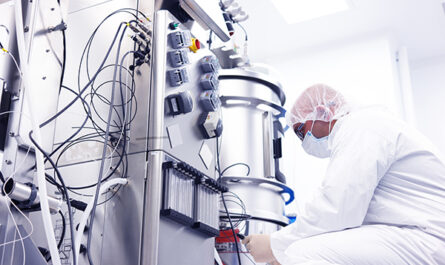Wound Care: Essential Steps for Proper Healing
The human body has a natural ability to heal wounds and repair damage to tissues. However, certain types of wounds require additional attention and care in order to heal properly. Let us take a closer look at some of the essential steps involved in effective wound care.
Types of Wounds
There are different classifications of wounds based on factors like cause, depth and appearance. Some common types include:
– Abrasion: Surface wounds which damage the epidermis layer of skin such as scrapes.
– Laceration: Wounds caused by a tear or cut that damages the epidermis and dermis layers.
– Incision: Clean cuts made during a surgical procedure that damage the epidermis, dermis and subcutaneous tissues.
– Puncture: Wounds where the skin is pierced by a narrow object like a nail or needle.
– Bite: Wounds caused by human or animal teeth that damage the skin, fat, muscle and possibly even bone.
Cleansing the Wound
Proper cleansing is critical to prevent infection and aid healing. For fresh wounds, gently wash the area with mild soap and clean water. Use a sterile saline solution to irrigate deeper or infected wounds. Debridement or removal of dead or contaminated tissue also needs to be carefully done.
Dressing and Bandaging
Once cleansed, the wound needs protection from external contamination as well as maintenance of a moist environment. Appropriate dressings include pads, gauze or specialized wound contact layers. Bandages securely hold the dressing in place. The type of dressing depends on factors like wound location, size etc. Contact a healthcare provider for guidance on proper dressing techniques.
Managing Bleeding and Drainage
Some wounds have significant blood loss or discharge that needs control. Direct pressure can help stop bleeding from minor cuts or scrapes. For heavier bleeding, a cold compress, elevation and medical help may be required. Drainage from the wound provides clues about healing and also needs containment with dressings.
Signs of Infection
Watch out for signs that the wound may have become infected like increased pain, swelling, redness, foul smell or pus discharge. This indicates the need for medical evaluation and probable antibiotic therapy. Untreated infection can spread and severely impact healing.
Nutrition and Hydration
Proper diet supplies nutrients for tissue growth and repair. Aim for a balanced intake of protein, vitamins C and A which are important for collagen production in wounds. Staying hydrated also aids various cellular functions involved in healing. Oral nutritional supplements may be needed for wounds that are slow to heal.
Wound Bed Preparation
For non-healing or chronic wounds, active interventions like sharp wound debridement, keeping the wound moist or application of wound dressings/topical agents may be helpful in preparing the wound bed and stimulating granulation tissue formation. This creates an optimal environment for the wound to progress through orderly and timely repair.
Wound Care Practices
It is essential to follow basic hygiene practices like hand washing before and after dressing changes. Dispose of soiled dressings and bandages appropriately. Protect wounds from further trauma with covering or avoiding strenuous activity till healing is complete. Seek medical advice for any wound that is taking longer than expected to heal or shows concerning features.
With appropriate wound care practices, most acute injuries have the innate ability to repair themselves with time. For high-risk or non-healing chronic wounds however, advanced modalities may be needed. Adhering to the fundamentals of keeping the wound clean, covered and nourished remains key. Following a proper regimen ensures wounds heal in a timely, well-organized manner without complications.
Scarring and Contractures
Even after complete healing, wounds may result in visible scarring or contractures with skin tightening in severe cases. Massaging specialized scar gels along the edges helps reduce appearance over time. Surgical techniques can help reconstruct tissue deformities. Contractures often require splinting to maintain mobility till soft tissues remodel. Early scar management is important for optimal outcomes.
Hyperbaric Oxygen Therapy
For certain hard-to-heal wounds, hyperbaric oxygen therapy is gaining popularity. It involves breathing pure oxygen intermittently inside a pressurized chamber. The high oxygen tension achieved enhances tissue perfusion, fights anaerobic bacteria and promotes collagen deposition and angiogenesis in chronic wounds. Multiple-session therapies are however needed to achieve significant benefits.
Advanced Modalities
Bioengineered skin substitutes, topical growth factors and cytokines hold promise in enabling faster wound repair. Platelet-derived therapies capitalize on the wound healing properties of platelets by applying concentrated factors from patients’ own blood. Stem cell-based therapies will likely revolutionize difficult-to-treat wounds in the future once mechanisms are better elucidated and regulated therapies developed.
In summary, most wounds can heal successfully with diligent basic wound care practices. However, dedicated preventive efforts as well as advanced specialized interventions may be needed for certain chronic or non-healing wounds. A multidisciplinary team approach involving doctors, nurses and allied healthcare professionals can optimize wound management outcomes.
Note:
1. Source: Coherent Market Insights, Public sources, Desk research
2. We have leveraged AI tools to mine information and compile it




